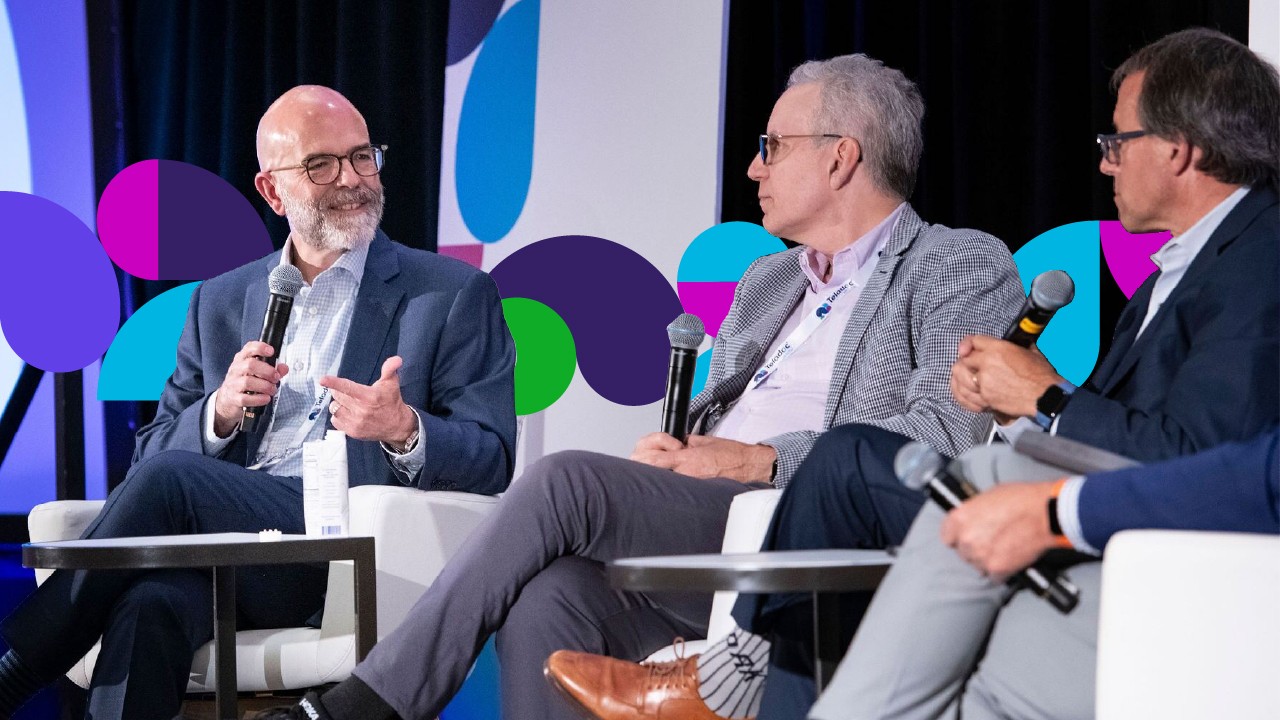

Unlocking the Future of Healthcare With Enterprise Connected Care
At Teladoc Health Forum 2024, health system leaders unanimously emphasized the need for an enterprise-level integrated care strategy. As we navigate an ever-evolving landscape, virtual care emerges as a critical pillar in delivering patient-centric, efficient and accessible healthcare.
In the past, virtual care was often treated as an isolated initiative—an add on rather than an integral part of healthcare delivery. At Forum, health system leaders unanimously emphasized the need for an enterprise-level integrated care strategy. As we navigate an ever-evolving landscape, virtual care emerges as a critical pillar in delivering patient-centric, efficient and accessible healthcare. Here’s what that entails:
1.Beyond buzzwords—connected care: Connected care should not be a mere buzzword; it should be woven seamlessly into healthcare delivery. No longer a standalone strategy, connected care must become an integral part of how organizations operate. Whether it is primary care, pharmacy, post-partum or in schools, the goal of connected care is to enhance patient outcomes and clinicians’ experiences.
“If you have a separate connected care strategy, you’re failing. It just needs to be part of your overall strategy and integrate with it. Don’t change your strategy for connected care; solve the strategic problems you have, and there will be connected care solutions to them.”
2.Prioritizing the patient experience: Attendees unanimously agreed that the patient experience is paramount. Virtual care platforms must prioritize user-friendly interfaces, personalized interactions and seamless navigation. Imagine a patient effortlessly accessing their health records, scheduling appointments and receiving follow-up care—all within a cohesive digital ecosystem. A positive patient experience drives adoption and long-term success.
3.The art of change management: Implementing virtual care isn’t just about technology; it’s about people. Change management emerged as a recurring theme. Healthcare providers face cultural shifts, resistance to new paradigms and the need to train staff effectively. Having the right stakeholders at the table—early and often—is crucial. Without their buy-in, even the most promising initiatives can falter.
“You don’t want to be well down the wrong path before someone realizes it.”
4.AI—enabler, not disruptor: Artificial intelligence (AI) took center stage. Rather than being a disruptive force, AI is an enabler. It can augment existing workflows, automate routine tasks and enhance decision-making. Picture AI algorithms analyzing medical images, predicting disease progression and suggesting personalized treatment plans. The future lies in seamlessly—and responsibly—integrating AI into healthcare solutions, making them smarter and more efficient, allowing your care teams to practice at the top of their licenses.
5.Balancing certainty and risk: Virtual care can introduce ambiguity. Is it a migraine or something more serious? In the past, neurologists made decisions without MRI scanners. Today, we have advanced technology, but we must still embrace uncertainty. Sometimes the best outcome of a virtual visit is ruling out serious conditions. Balancing certainty with risk allows us to provide timely care while avoiding unnecessary interventions.
“We don't have enough providers to render the care that we need for all the patients who now and increasingly will need our care.”
As Forum 2024 concluded, it was clear: We stand at the threshold of a new era in healthcare. Integrated connected care, patient-centric experiences, effective change management and AI-driven solutions will shape our future. Let’s embrace the possibilities, collaborate and build a healthier world—one virtual interaction at a time.









